Come in spinner!
Gambling is a popular pastime in Australia. It is regulated by the state and some types of gambling are illegal.
The game Two-up, with its catch cry of ‘Come in Spinner!’, is legal only on Anzac Day and only in some states. Not surprisingly, most of the gambling-related objects in the collections of Museums of History NSW (MHNSW) are found in the Justice & Police Museum, including items seized in police raids. A rigged Chocolate Wheel, for example, shows how crooks bent on ensuring that the odds are always in their favour have taken advantage of the public taste for games of chance. The archaeology of Hyde Park Barracks contains a number of game counters hinting at illicit convict games and Susannah Place Museum yields some examples of gambling-related ephemera.
Chocolate Wheel
The Chocolate Wheel is a game of chance based on a wheel marked with numbers where players are sold numbered tickets corresponding to those on the wheel. The wheel is spun and the player holding the ticket matching the number on which the wheel’s ‘flapper’ comes to rest wins a prize. The wheels were very popular during the first half of the 20th century for use at community fundraisers. Their use then, as now, required a permit but sometimes local luminaries ran foul of the law and appeared before the courts charged with breaching the Lotteries Act by running a Chocolate Wheel without a permit. The wheel in the Justice & Police Museum collection was donated by someone who purchased it at a garage sale but noticed something odd about it – a handful of numbers won every spin. It was discovered that two of the metal spokes separating the numbers were secured at the rear with heavier nuts which led to the wheel’s flapper stopping on a small range of numbers. Was the wheel deliberately rigged? Games of chance were popular with many Sydney criminals who had ways of ensuring the odds were always in their favour.
Cock fighting spurs
Cock fighting is a blood sport which is illegal in Australia. It is a contest between two cocks held in a ring called a cockpit. The birds are specially trained, conditioned for stamina and strength, and are fitted with razor sharp spurs, known as gaffs. They are encouraged to fight until one bird is dead or unable to continue. The cocks may endure significant physical trauma. It is a spectator sport with wagers made on the outcome of the match. The Justice & Police Museum has a set of fighting spurs confiscated in 1933 from a fight in West Ryde where seven people were charged with cruelly ill-treating cocks and each fined £5 or 10 days imprisonment. This modern set, housed in a wallet made out of a ‘Holy Bible’ cover, was confiscated by police during the 1980s and was then used to train officers in the detection and prosecution of people involved in this prohibited sport.

Dice shakers
These home-made leather dice shakers were confiscated by NSW Police from a man named Herbert William Lees at Scone in 1933 when he was arrested and charged with vagrancy, with being ‘a reputed cheat’, and with ‘having in his possession instruments of gaming’. Police had received complaints about Lees and in court it was alleged that he was a confidence man, someone who scammed others out of their money. Lees himself admitted that he had been warned off, or banned, from racecourses in NSW after he was accused of involvement in horse doping. When they arrested him, police found a pack of cards and two sets of dice, including a ‘loaded’ one, as well as the shakers. Further investigation revealed that one of the shakers had a metal bar inserted into it which could be manipulated to trap the real die against the wall of the shaker allowing the introduction of the loaded one into the game. Lees claimed that he carried the seized articles as curios. He was convicted of vagrancy and sentenced to four months gaol with hard labour but he managed to have his sentence overturned on a technicality.
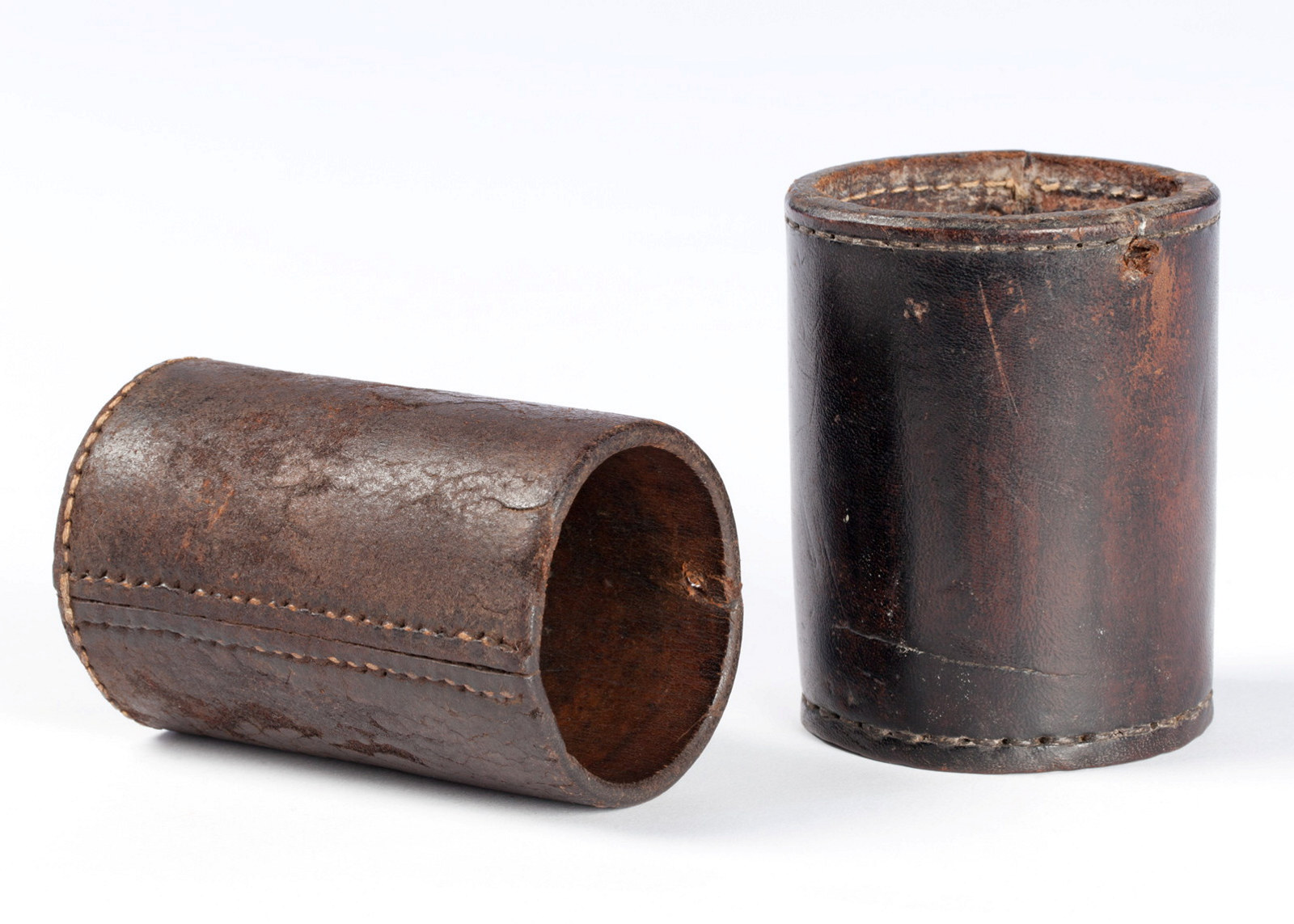
Fan Tan
This Fan Tan set comprises 276 plastic buttons, a plastic cup and a black bag and was confiscated by NSW police during a raid in the 1980s. Fan Tan is a game of chance involving a square board or cloth, the sides numbered one to four. Players bet on one of the numbers and the game begins when the banker places a double handful of small objects - buttons, beads, dried beans - on the table and places a container over the buttons. A croupier uses a stick to take away the buttons in groups of four until a final batch of four or fewer buttons remain. Whoever bet on the correct number of buttons left is the winner. The game originated in China and was brought to Australia by Chinese migrants. During the early twentieth century NSW police launched many dramatic raids on houses in which Fan Tan was played. These houses were often fortified – on one occasion with barbed wire entanglements – so police had to employ stealth and sledgehammers to catch gamblers in action. The handful of players netted in such raids were charged with being without lawful excuse in a common gaming house.
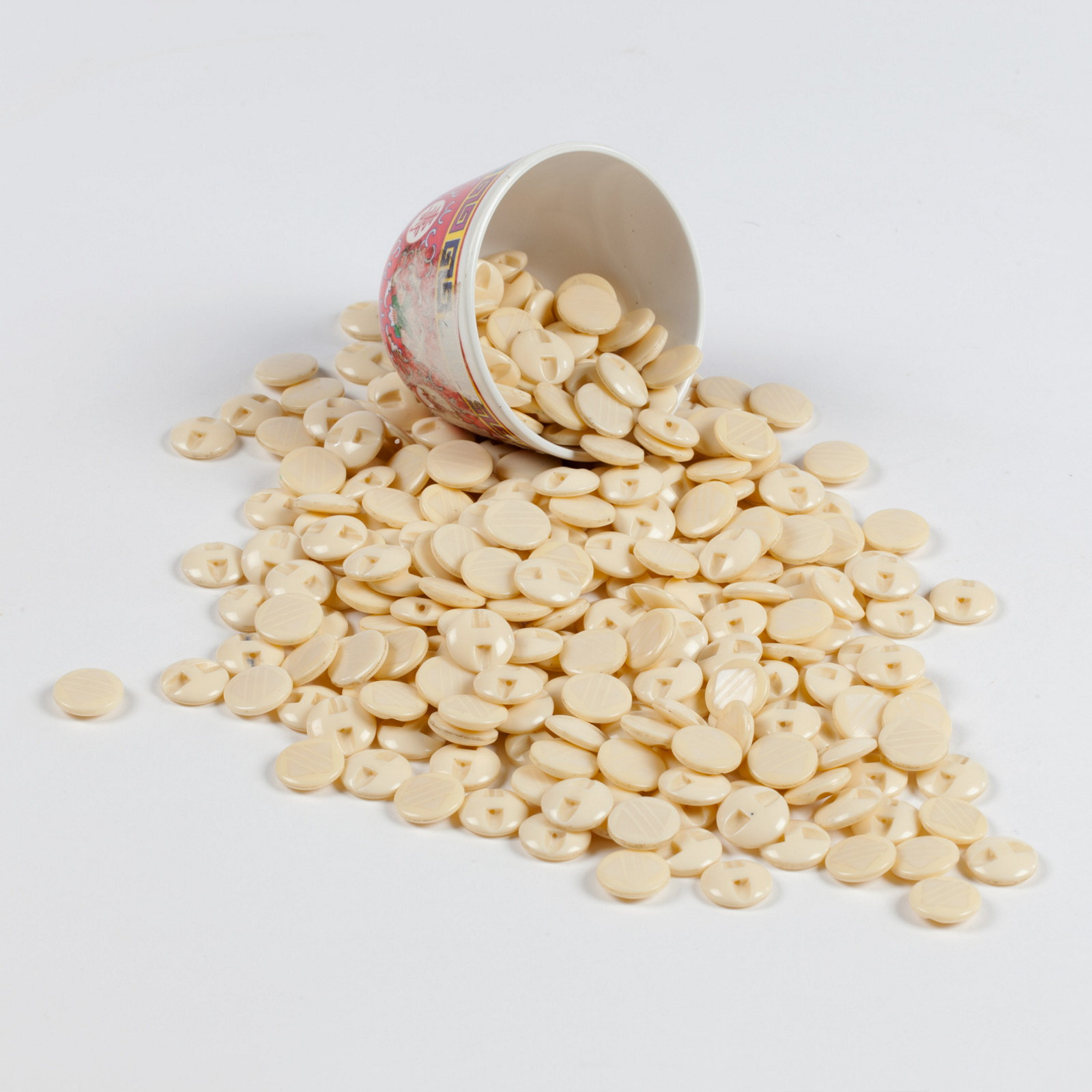
Gambling on the run
This brown cardboard ‘suitcase’, 35cm square, was confiscated by Sydney police from a man named William Mason in 1914. It is fitted with two enticing hand-painted ‘boards’ for games of chance: a mat for the dice game Crown and Anchor painted on the underside of the lid, and the case itself fitted with a combination Chocolate Wheel and Crown and Anchor. In Crown and Anchor the mat is marked with six symbols: a crown, an anchor and the four devices on playing cards, heart, diamond, spade and club. The symbols correspond to those on a dice. The players place bets on one or more symbols and the winners are those whose chosen symbols come up when the dice is thrown. The game was extremely popular with Australian servicemen during the First World War and there were even allegations that soldiers deserted the front line in order to play the game. This Chocolate Wheel is a variant of the more usual numbered wheel and could be played with the Crown and Anchor dice. It has been rigged. Criminals skilled at sleight of hand tricks could also manipulate the game play in dice games, winning money from gullible gamblers.
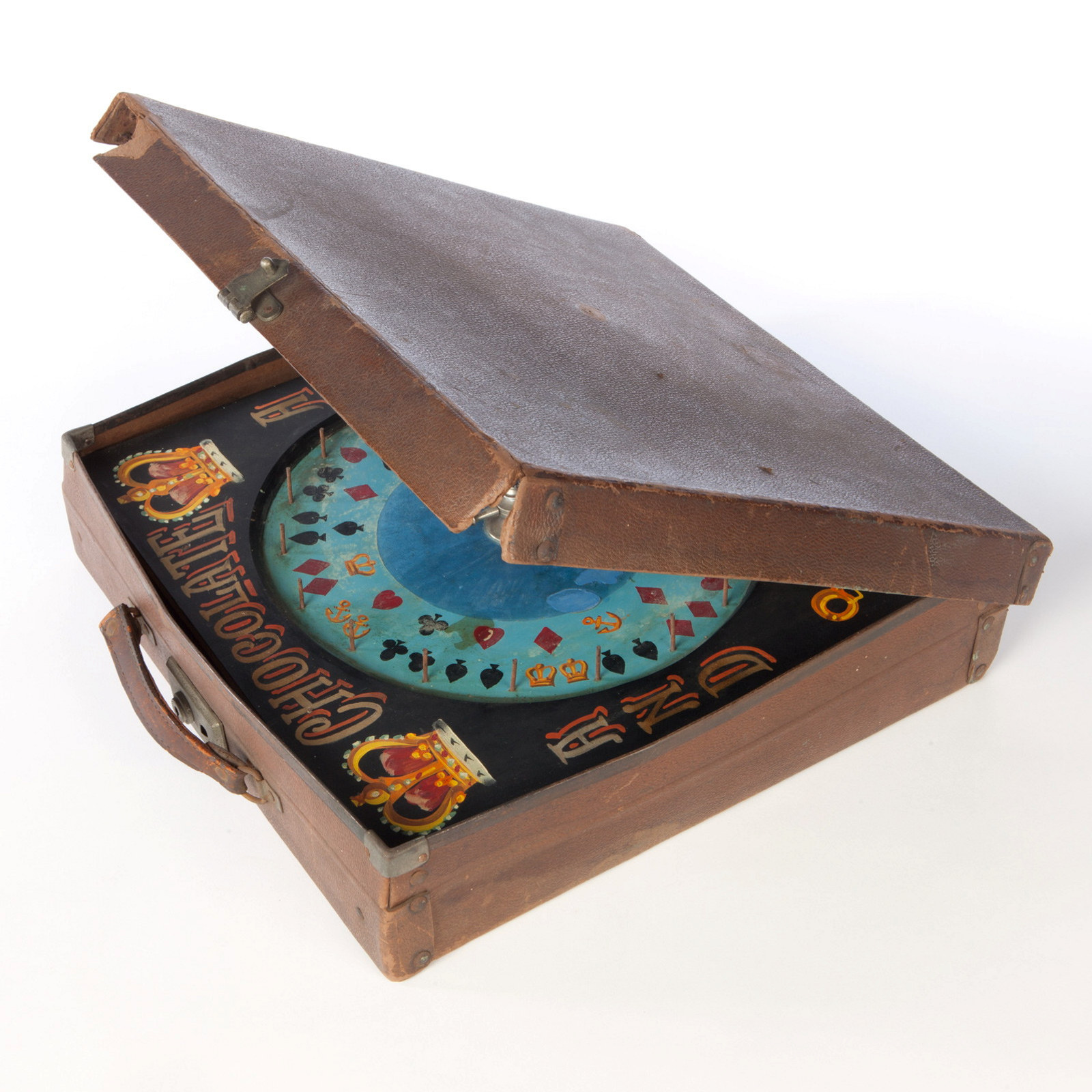
Hand shaped gaming counters
This small bone object is one of several hand carved or shaped bone and ceramic items excavated from beneath the ground floor of Hyde Park Barracks, Sydney. It is likely to be a counter used in games of chance. In 1844 a Select Committee inquiry found that convicts at Hyde Park Barracks spent much of their time ‘at gambling and all sorts of vagabond sports’. Convict police messenger John Barker, who lived at the barracks in 1838, said he remembered ‘tossing halfpence’ with one or two men in a dormitory at the barracks. He remembered others playing cards by candlelight all night. Superintendent Lane of Hyde Park Barracks claimed that he had confiscated eight or nine pounds from convict cooks whom he had caught gambling. Gambling with coins was common, but how were these gaming pieces used? Perhaps they were counters for chess, draughts, Nine Men’s Morris, or tic-tac-toe, or another sort of game where these pieces represented individual players. Maybe they were tokens used in swindler’s sleight of hand tricks such as the shell game, or in pitch-and-toss games where the counters stood in for pennies.
Lottery ticket
Ellen Marshall, who lived at number 62 Gloucester Street, The Rocks, Sydney, bought this lottery ticket one afternoon in the mid-1960s on her way home from work as a machinist in a clothing factory in Surry Hills. By that time the NSW State Lottery had been running for over 30 years, originally introduced by the Labor Government under Premier Jack Lang to raise much-needed revenue to fund the State’s hospitals during the years of the Great Depression. Despite strong objections from many Church and community leaders the first State Lottery was drawn on 20 August 1931. 100,000 people had purchased tickets at a cost of five shillings and threepence each. In front of a large crowd at Her Majesty’s Theatre the winning numbers were drawn out of a specially constructed wooden barrel made from Queensland maple. First prize of 5000 pounds was won by a grandmother and granddaughter syndicate called ‘Young and Old’. There were also special lotteries such as the Opera House Lottery introduced in November 1957 to help fund the construction of the Sydney Opera House. In 2010 the Tatts Group acquired a 40 year exclusive operating licence for NSW Lotteries.
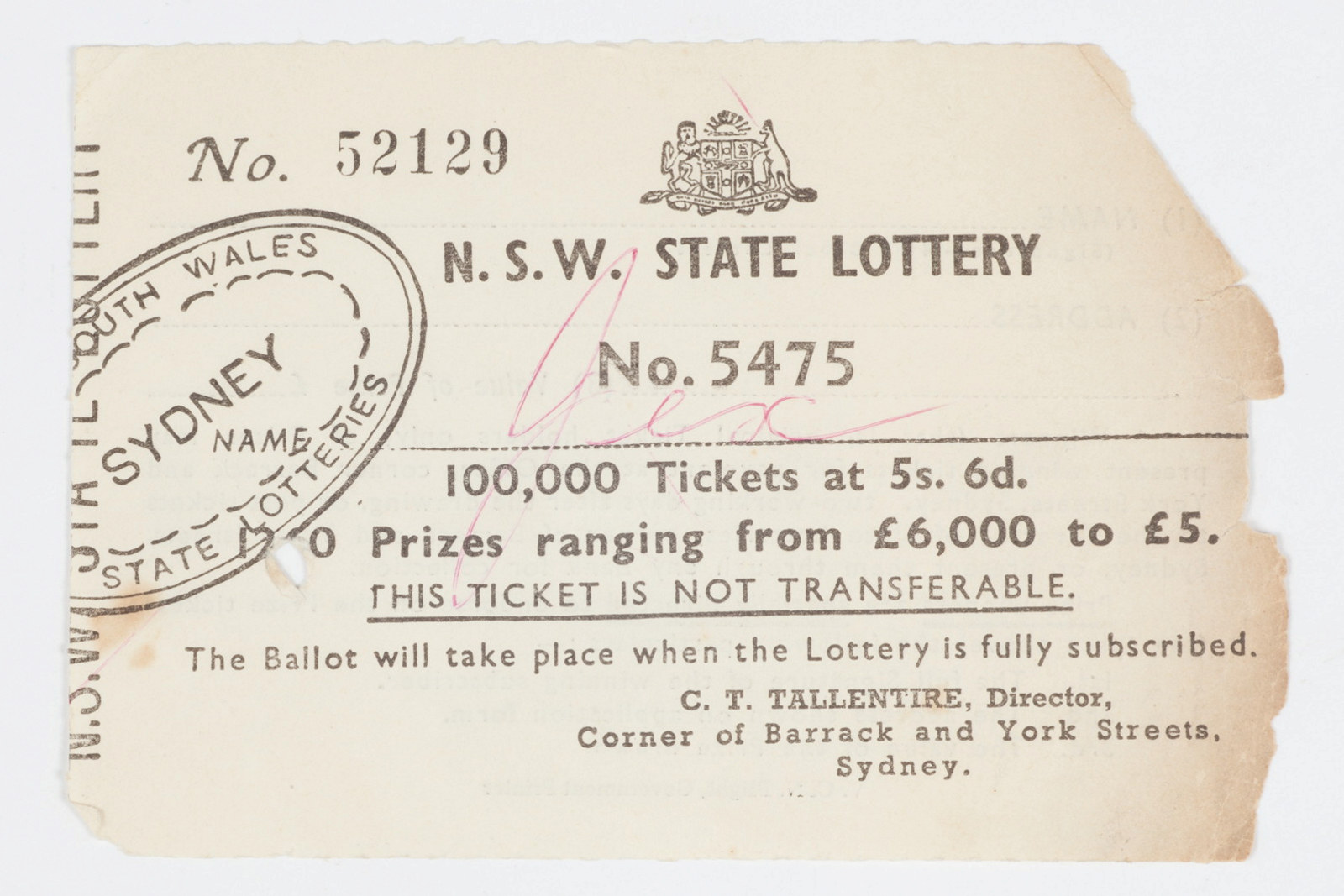
SP bookie’s book
This little notebook, missing most of its pages, was discovered in the early 1990s hidden in the roof space of number 58 Gloucester Street, The Rocks, Sydney, one of the houses in a terrace called Susannah Place. It’s an SP (starting price) bookmaker’s record of bets placed on a series of horseraces in Sydney in 1916, including the Flying Handicap and the Canterbury Handicap run at Canterbury Park Race Course on Saturday 12th August. The notebook lists ‘double’ bets on horses with names like Lady Antonio, Flightiness, Lord Malt, Collar Box and Lady Minnie. Flightiness won the second race. Although the identity of the notebook’s owner is a mystery, the illegal practice of SP bookmakers was familiar to generations of residents at Susannah Place. From the mid-fifties to the mid-sixties the basement at 64 Gloucester Street was transformed on Saturday afternoons into the office of an SP bookie named Cec. Tenants Ron and Beryl Smith inherited Cec from the previous tenants and were paid 5 pounds ‘rent’ each Saturday. Local punters would enter via the back gate and come to the basement window that had been modified with the addition of a shelf to hold the bets.
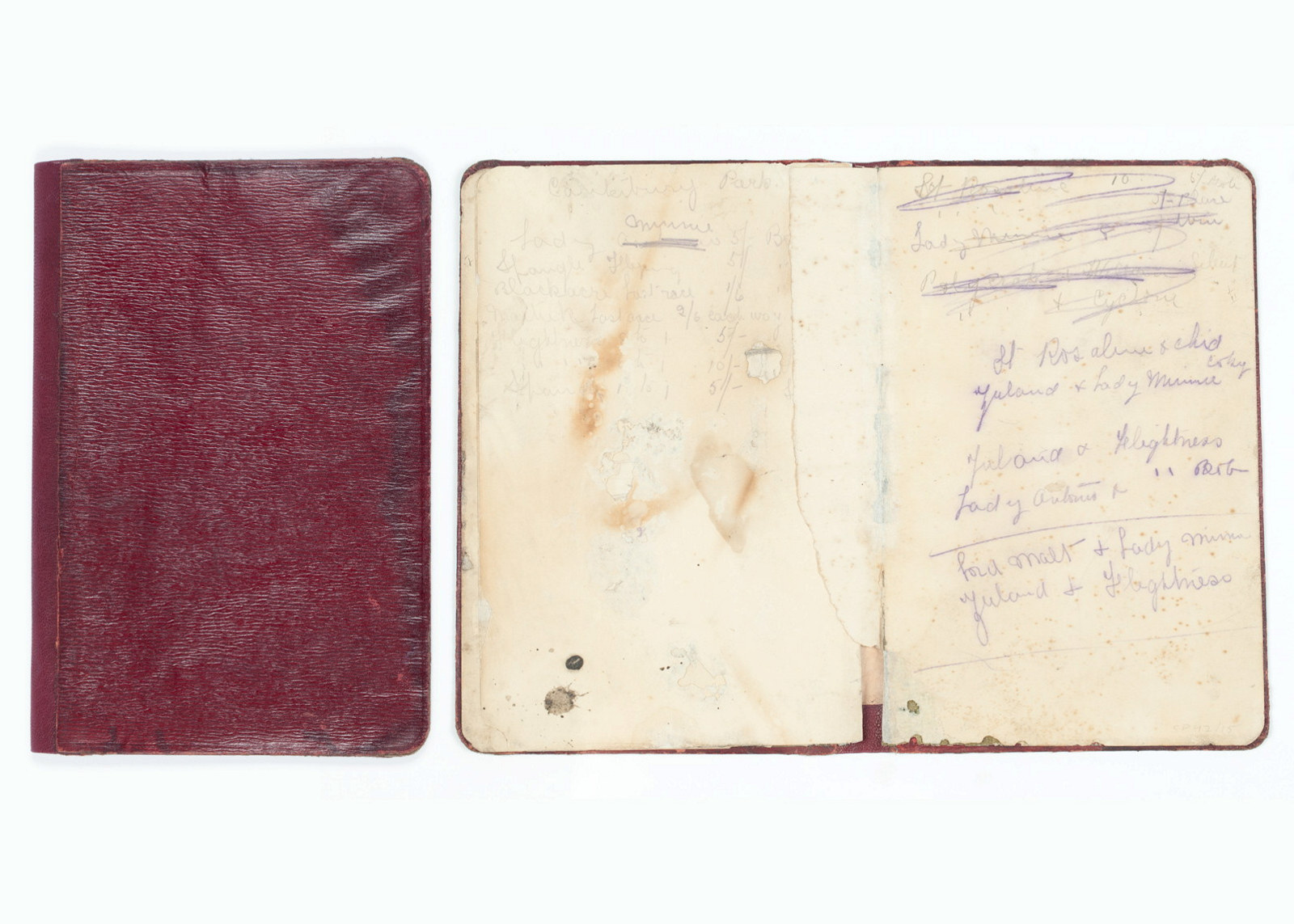
Two-up kips
Two-up is a game of chance which involves people standing around a circular ring and betting on which side two coins thrown high into the air from a ‘kip’ will land. It is inextricably linked in the Australian psyche with ‘diggers’, a term for Australian soldiers, and in most places can only be played legally on ANZAC day. It has many different rituals associated with it, including the call ‘Come in Spinner’ which is a call made for the coins to be tossed once all bets have been laid. Police would raid games and arrest any participants they could catch. In Sydney some players met on wharves where they could escape by diving into the water. Others went to large, illicit Two-up schools which operated in the inner suburbs. Proving that a game had occurred could sometimes be difficult as the coins could be pocketed and the wooden kip thrown away. Offenders were generally fined a small amount of money by the courts.
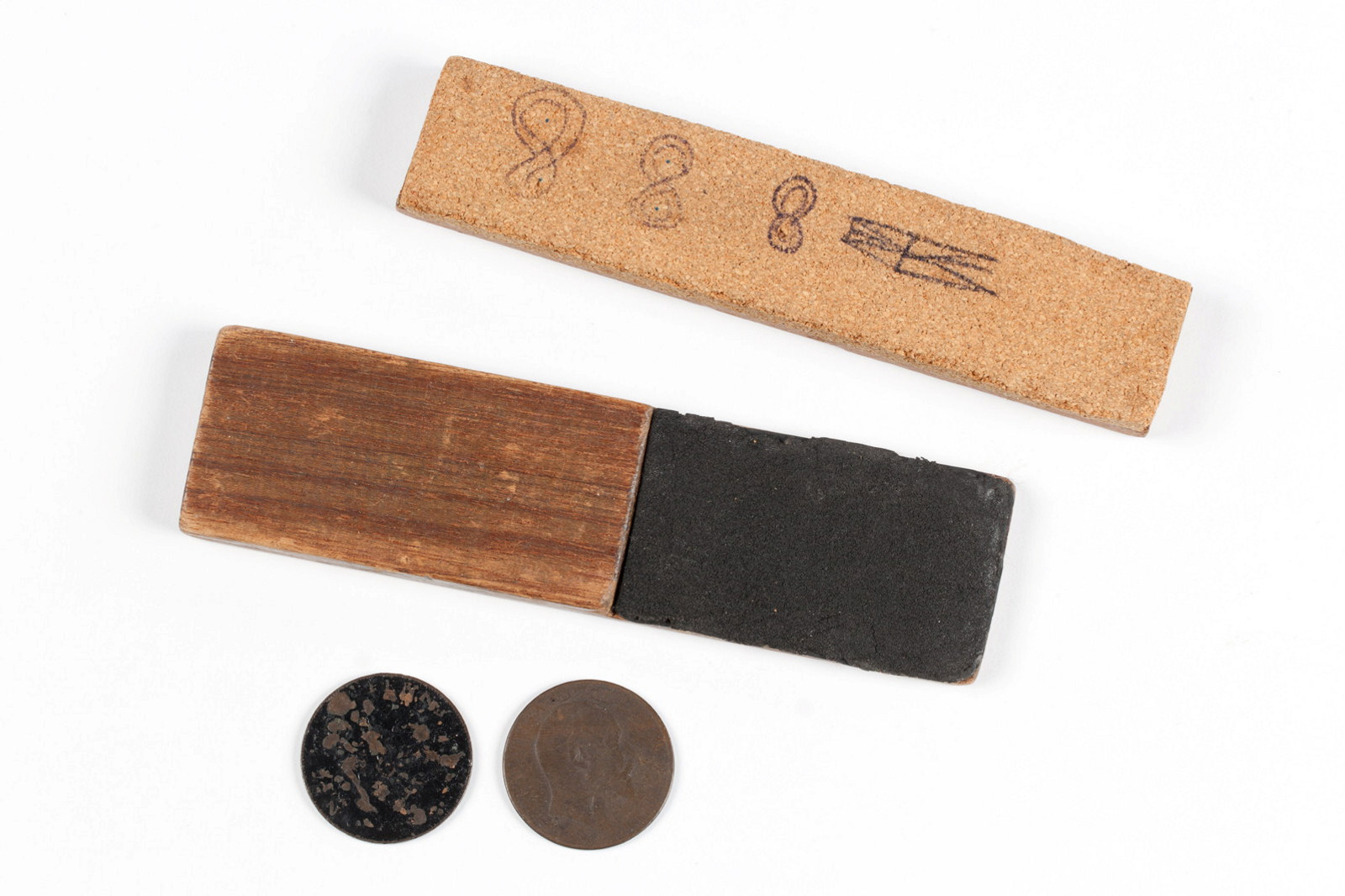
‘Le Banquier’ Card Shoe
This card shoe was used for dealing cards in illegal baccarat clubs, or baccarat ‘schools’ as they were usually called. Baccarat is a game in which two or more ‘punters’ gamble against the ‘banker’. Illegal schools took off in Sydney during the Second World War, initially focussed on servicing cashed up US servicemen. But Sydneysiders were equally drawn to the game, often playing for high stakes. A Sydney solicitor claimed in one court case in 1965 that he had lost £50,000 ($1.25 million in 2012) over two years to baccarat. Although corruption was rife very little was done to close down the schools aside from the occasional police raid. The murder of baccarat king Richard Gabriel Reilly in 1967 saw baccarat schools make way for more lucrative and flashy illegal casinos, offering additional games like roulette, blackjack and craps, and generating millions in black market income and bribes. This shoe, called ‘Le Banquier’ – the Banker - is probably a relic of a police raid during the 1940s. It was manufactured in France by Jost & Cie of Paris and is marked with the patent number 353434 and individually numbered 3243.

Related
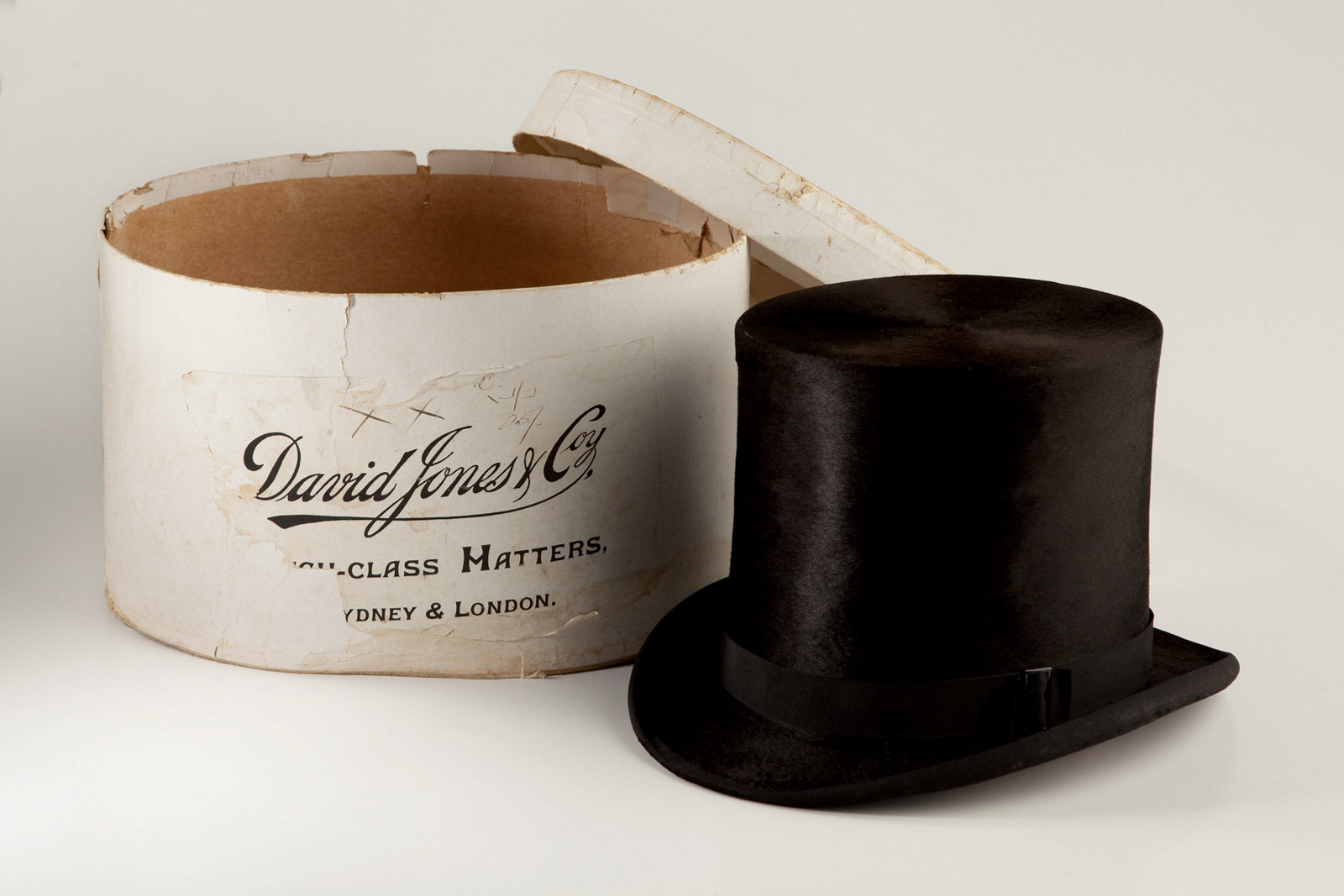
Bicornes, bonnets & boaters
There’s a variety of headwear across our collections ranging in date from early to late nineteenth century
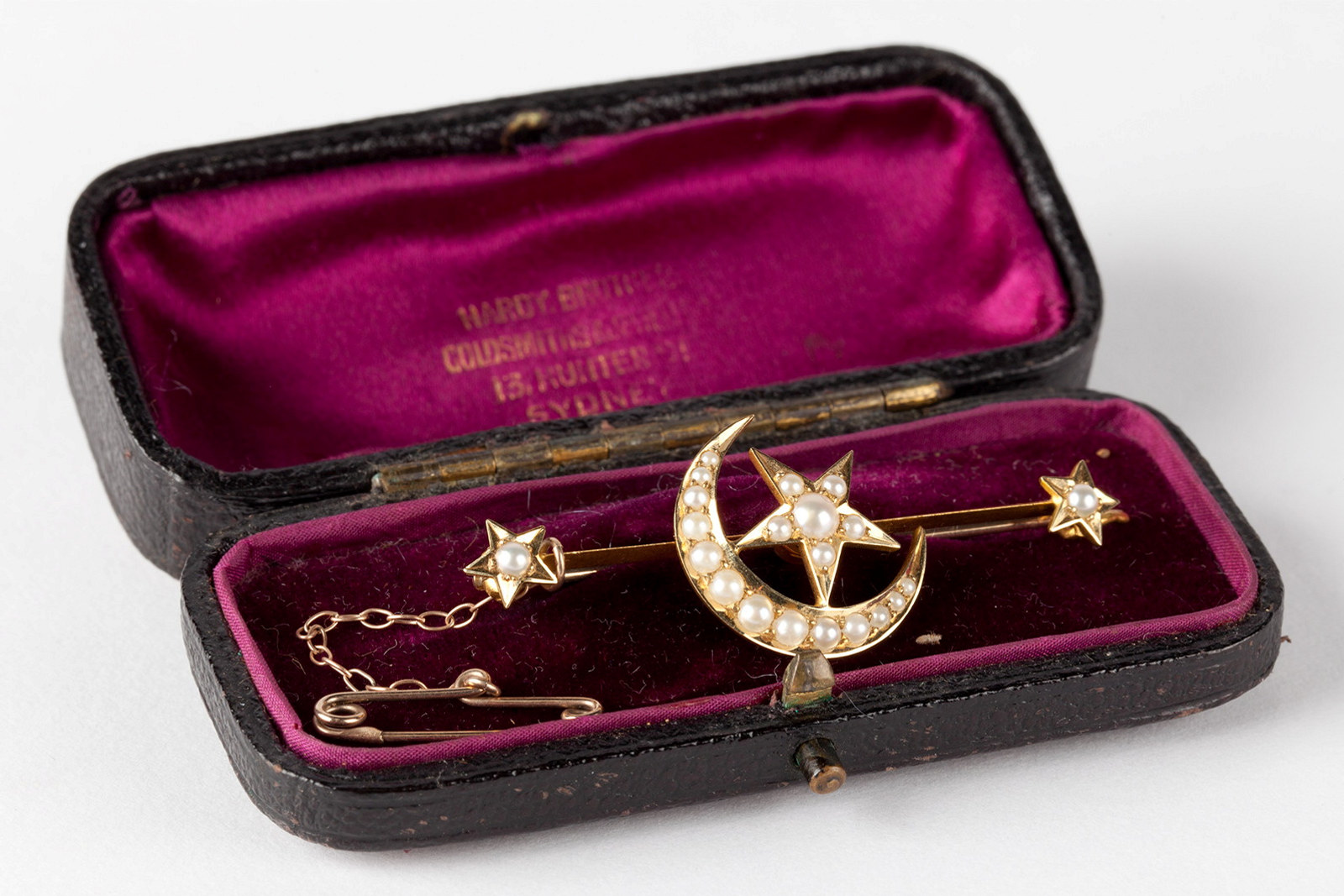
Baubles, brooches & beads
We wear jewellery as articles of dress and fashion and for sentimental reasons – as tokens of love, as symbols of mourning, as souvenirs of travel
Published on